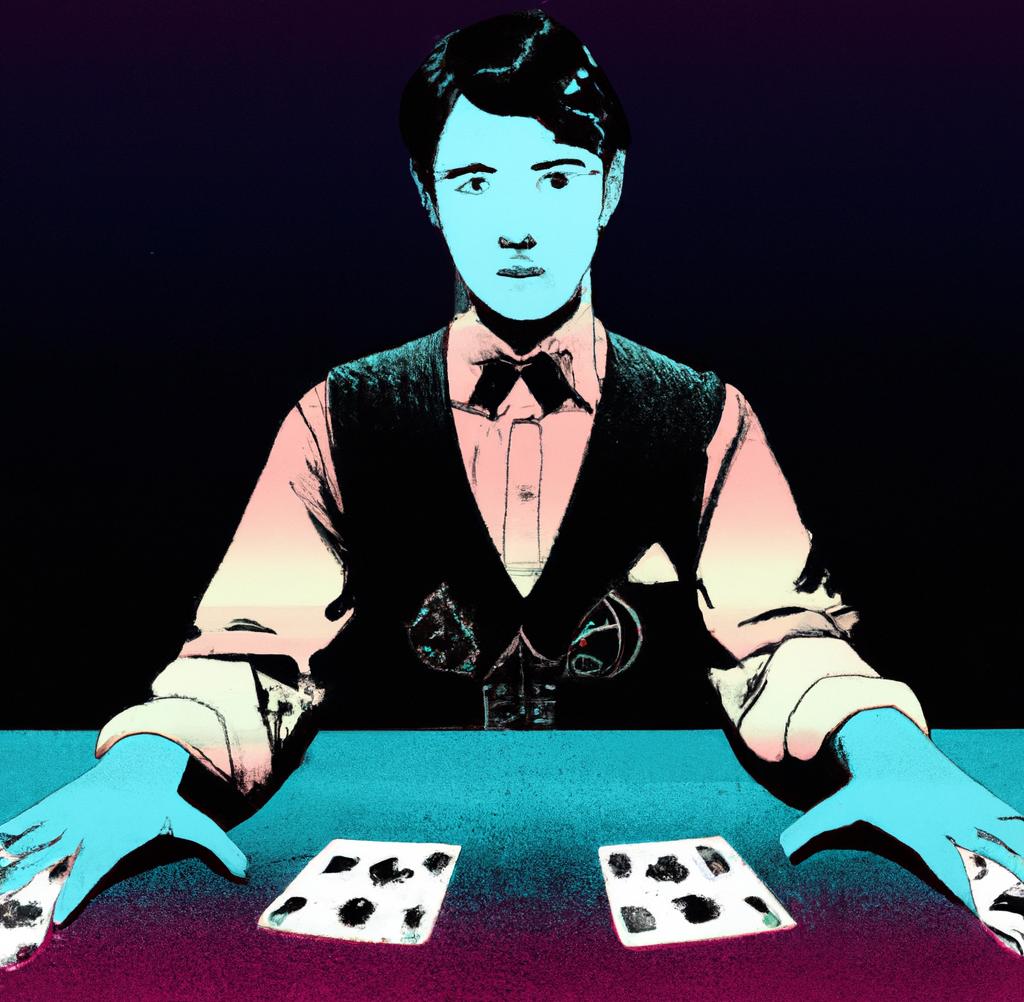Blackjack is a popular card game that has been played for centuries. It involves the player and dealer each receiving two cards, with the objective of getting a hand total closest to 21 without going over. The game can be played with one or multiple decks of cards, and players often use various strategies to improve their chances of winning.
One such strategy is the use of the true count, which is a method of determining how advantageous or disadvantageous the remaining deck(s) are for the player.
Exclusive BlackJack Casino Offers:
So what exactly does the true count mean in blackjack? Let’s dive into it.
Firstly, it’s important to understand what the running count is. The running count is a system used by players to keep track of how many high and low cards have already been played in a deck or shoe. High cards (10s, face cards, and Aces) are considered advantageous for players because they increase the chances of getting a blackjack or 20, while low cards (2s through 6s) are disadvantageous because they decrease those same chances.
To calculate the running count, players assign values to each card as follows:
– Low cards (2-6) are worth +1
– High cards (10-Ace) are worth -1
– Neutral cards (7-9) have no value
As each card is dealt, players add its value to the running count. For example, if the first four cards dealt are 2, Ace, Jack, and 7 respectively, the running count would be +0 (2+(-1)+(-1)+0).
Now we come to the true count. The true count takes into account not just how many high and low cards have been played but also how many decks/shoes remain in play. This is important because if there are only a few cards left in a single deck/shoe but they are mostly high value ones, that would be more advantageous for the player than if there were many decks/shoes remaining with mostly low value cards.
To calculate the true count, players divide the running count by the number of decks/shoes remaining to be dealt. For example, if the running count is +10 and there are 2 decks left to be dealt, the true count would be +5 (+10 divided by 2).
So why is the true count important? Because it helps players make better decisions on when to increase or decrease their bets. If the true count is high (i.e.
more advantageous for the player), they can increase their bets accordingly. Conversely, if the true count is low (i. more advantageous for the dealer), they can decrease their bets or even leave the table altogether.
It’s worth noting that calculating the true count requires some mental math skills and quick thinking. It’s also not foolproof as it relies on assumptions about how many high/low cards are left in the deck/shoe and how many decks/shoes remain in play. However, many experienced blackjack players swear by this method as it can give them a slight edge over the house.
In conclusion, while blackjack is largely a game of chance, using strategies such as keeping track of high/low cards and calculating the true count can help players improve their chances of winning. The true count allows players to make more informed decisions on when to bet big or small based on how advantageous or disadvantageous the remaining deck(s) are for them. So next time you’re at a blackjack table, consider using this method to up your game!





